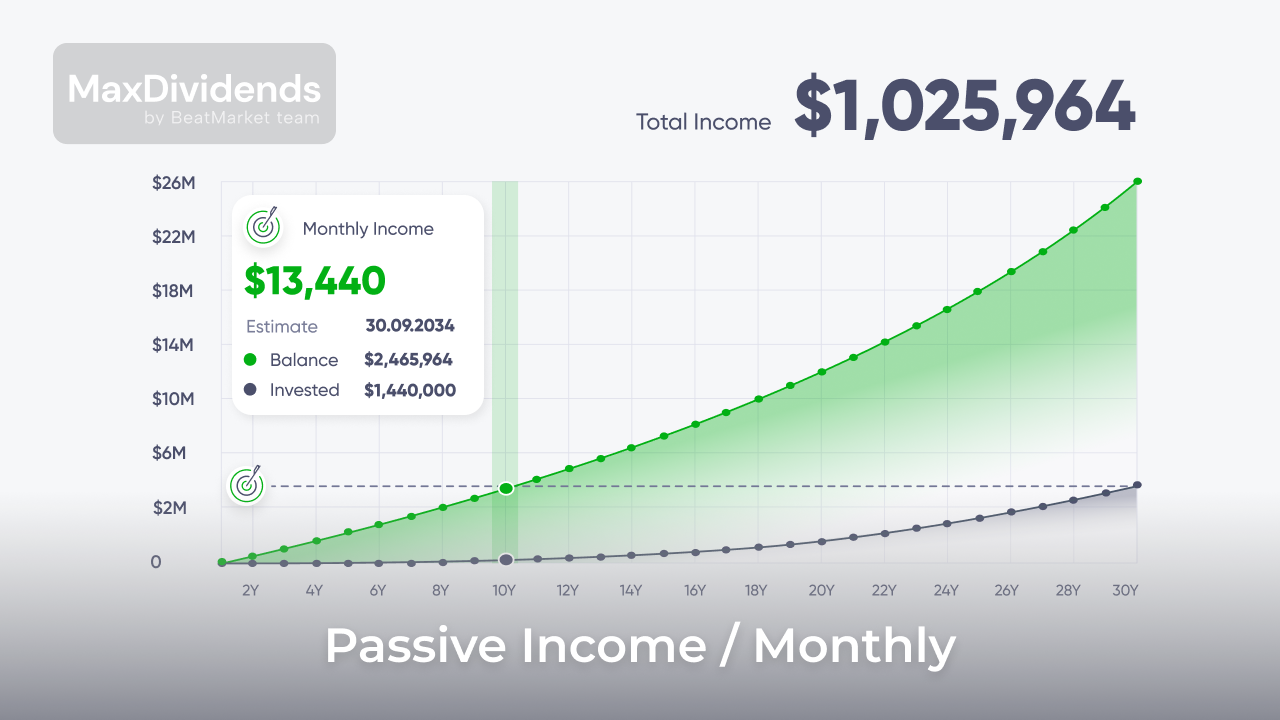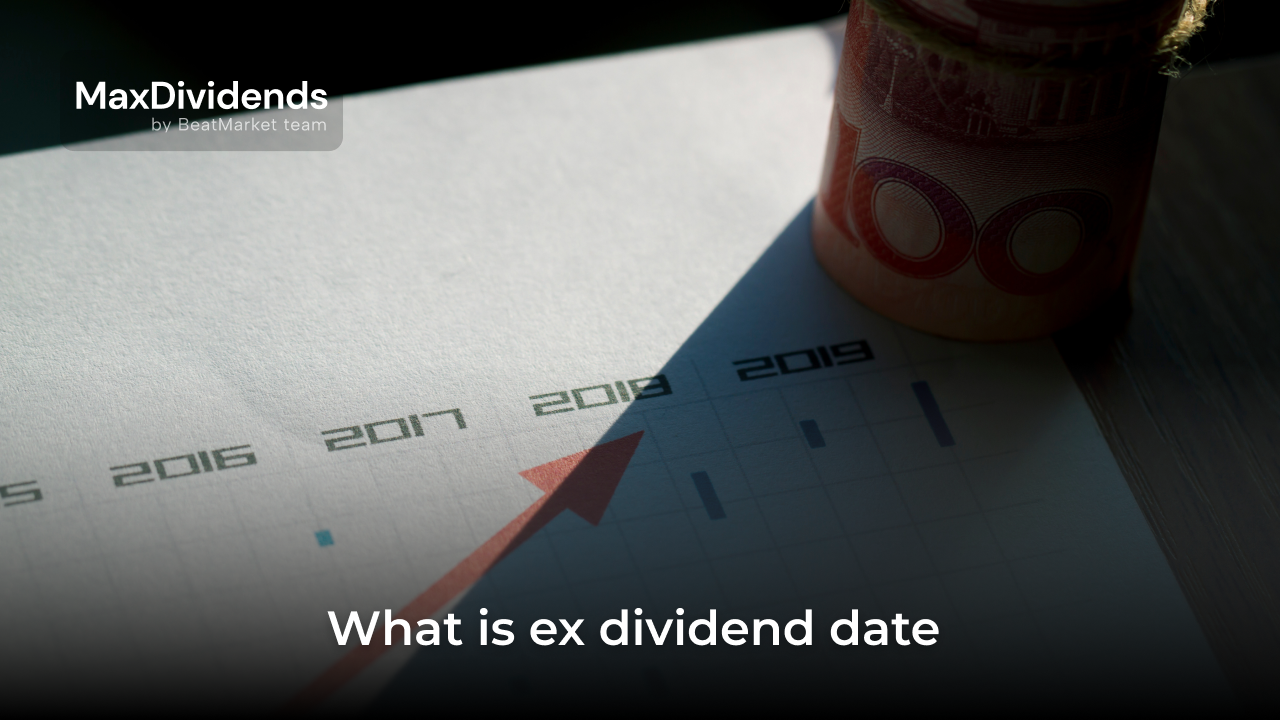The “magpie” system means that you grab any shiny thing that comes in your field of vision. If you use this principle to pick stocks, very soon your portfolio will resemble an overstuffed chicken chimichanga.
It seems like every stock is bought based on a ‘signal’, trading advice, or an idea, and at first, everything looks fine. But a few moments later the assets shrink in value. The investor loses track of what to hold and what to sell. If this kind of habit is established, there is an obsessive desire to sell everything and start the vicious dopamine cycle again.
I am approached regularly with this problem. People ask for advice on how to trim down their portfolios. Quote from Buffett on the subject: “the easiest way to solve a problem is not to bring it about.” That’s what we’re going to do now.
Below I will list six simple investment principles. Put them at the core of your strategy, whether you are a dividend investor or prefer to do something else:
Table of Contents
The first principle
The first principle is the power of compounding. Also known as compound interest. You start with an initial amount, make a profit, and reinvest it back. As a result, profits grow exponentially. Money makes money. It is the law that the rich get richer regardless of their moral character. Their assets multiply themselves. Make sure your strategy has a compound interest mechanism. It is not always there. For example, my strategy improves the scheme to double compound interest.
Second simple principle
The second simple principle is that stocks go up. Over the past 200 years, the US stock market has gone up almost every decade. This principle is not limited to America. A study of most other countries shows that stocks outperform other asset classes. This is due to the following principle.
Third principle
The third principle is to realize the essence of the asset. Stocks are not just some charts and pixels on a computer screen; they represent partnership contracts in real-world business. Your success depends on how well the business goes. Over time, a company acquires more customers, raises prices, and produces things better, cheaper, and faster. Growing revenues make the business more valuable, then most of the time you see portfolio growth. Your job as a co-owner and a partner is to determine if the business can make more money in the future. Stock prices and dividends will follow profits.
Fourth principle
The fourth principle is diversification. Things that can happen to a business tomorrow cannot be fully predicted using today’s knowledge. If you spread your capital across 40–60 businesses, you will do well in the long run, most of the time. It is important to maintain exposure to different industries and countries. This will protect you from the disruptive forces of change in one place of the stock market.
Fifth principle
The fifth principle is that excessive activity is bad for profits. An investor’s goal is to build a portfolio of stocks and then sit on it for decades. If you try to play on market fluctuations, selling on what looks like a top and trying to buy on what looks like a bottom, you will be disappointed. Studies have shown that increased individual investor activity corresponds to extremely low returns. Did you know that deciding to buy the original S&P 500 stock of 1957 and then doing nothing for the next 50 years would outperform that same S&P 500? I’ve been reviewing this paradox in a separate post.
Sixth important principle
The sixth important principle is discipline. Most investors don’t know how to invest because they lack emotional restraint. They get excited when stock prices go up, they get depressed when they go down. These investors are always afraid they are missing out on something, so they often change strategies to chase the next market fad or hot stock. You shouldn’t let your emotions control your money. A successful investor has a plan and sticks to it even though they don’t always beat everyone at the moment.






